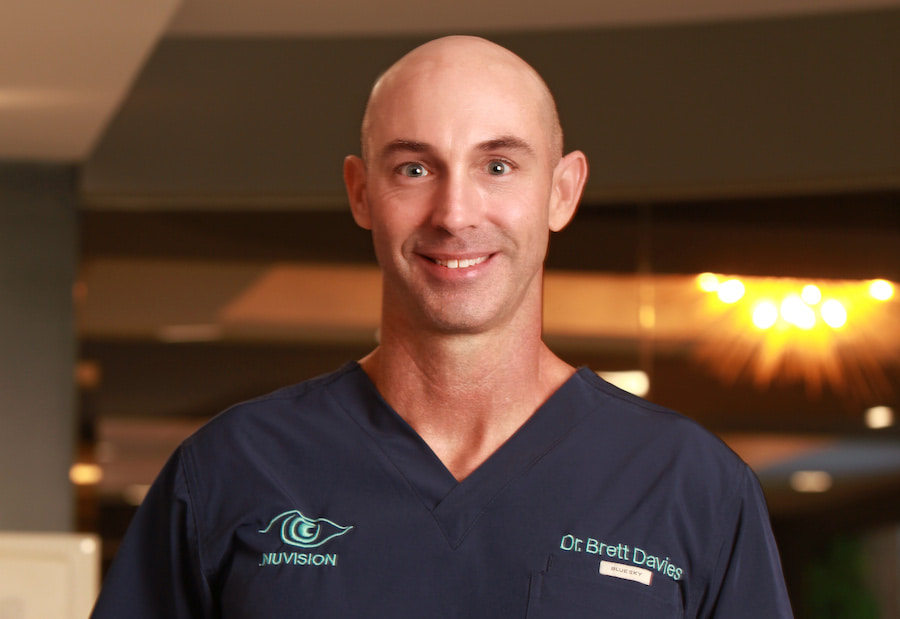How Does Ptosis Surgery Work?
The central issue behind ptosis is a dysfunction of the levator muscle. During ptosis repair, a small incision is made in a non-visible part of the eyelid — either in the upper crease of the lid, or inside the eyelid — and the levator muscle is tightened, restoring the eyelid to a more natural position. In severe cases, the levator muscle may be reattached, or your surgeon may attach the eyelid to other muscles, such as in the forehead, to help achieve natural-looking lift.
This is a straightforward outpatient procedure that can even be performed alongside other eyelid procedures. Results look entirely natural, but if for any reason you or your eye surgeon are unhappy with the outcomes, it’s a simple surgery to correct: the levator is just readjusted!
What Can Ptosis Repair Do for You?
For many people, a sagging eyelid is an unsightly thing. Having one or both eyelids droop can make you look weary, bored, annoyed, or disoriented when you’re not, and distract from the expression you’re trying to make — or simply from how good you really look. In extreme cases, the eyelid can sag in front of the pupil, which blocks eyesight and puts you at risk for other vision conditions. At that point, it’s not just aesthetically displeasing, it’s a threat to your clear sight.
Thankfully, ptosis surgery is equal parts functional and cosmetic: it can restore a more youthful, refreshed, and lively appearance, bringing your facial expressions back to life. And it can clear up your vision in a single outpatient visit for a stress-free solution!




